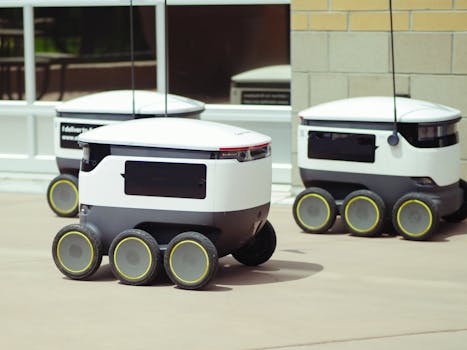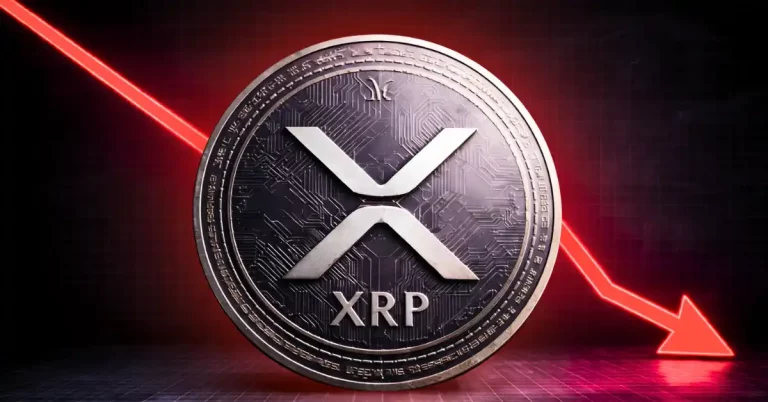
Smart Cities: Urban Trends for 2025
Smart Cities are at the forefront of urban planning, incorporating cutting-edge technology and sustainable practices to create efficient, livable, and environmentally friendly cities. As we approach 2025, several trends are emerging that will shape the future of smart cities.
Green Technology
One of the most significant trends in smart cities is the integration of green technology. This includes the use of renewable energy sources, such as solar and wind power, to reduce carbon emissions and minimize the city’s environmental footprint. Green roofs, urban forestry, and green spaces are also being incorporated into city design to improve air quality and mitigate the urban heat island effect.
Smart Transportation
Another key trend in smart cities is the development of smart transportation systems. This includes the use of electric and self-driving vehicles, as well as intelligent traffic management systems that can optimize traffic flow and reduce congestion. Smart cities are also investing in alternative modes of transportation, such as cycling and walking infrastructure, to promote sustainable and healthy lifestyles.
IoT and Data Analytics
The Internet of Things (IoT) is playing a crucial role in the development of smart cities. IoT sensors and devices are being used to collect data on various aspects of city operations, including energy usage, traffic patterns, and waste management. This data is then analyzed using advanced analytics tools to identify trends, optimize operations, and predict potential problems.
Smart Buildings and Energy Management
Smart buildings are another important aspect of smart cities. These buildings are designed to be energy-efficient, using advanced materials and systems to minimize energy consumption. Smart buildings also incorporate IoT sensors and devices to monitor and control energy usage, water consumption, and waste management.
Innovative Urban Planning
Finally, smart cities are driving innovation in urban planning, with a focus on creating sustainable, livable, and resilient cities. This includes the use of green infrastructure, such as parks and green roofs, to mitigate the urban heat island effect and improve air quality. Smart cities are also incorporating innovative design elements, such as vertical farms and urban agriculture, to promote sustainable food systems and reduce the city’s environmental footprint.



